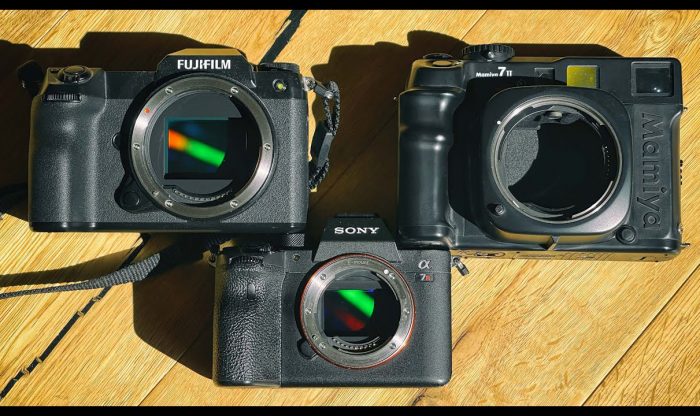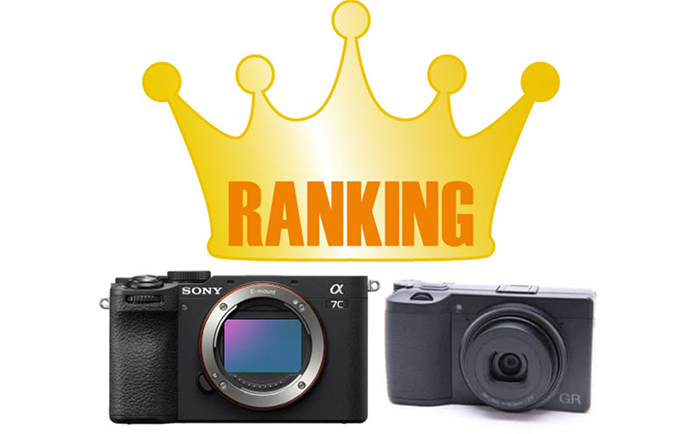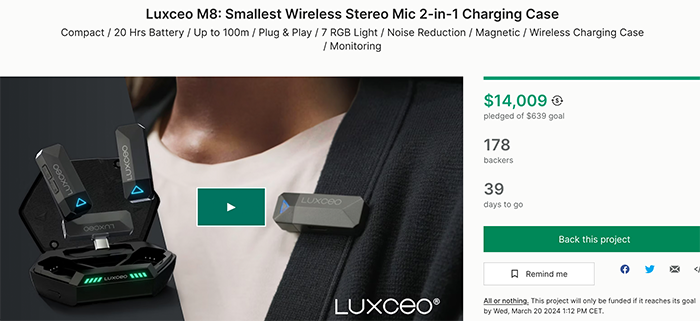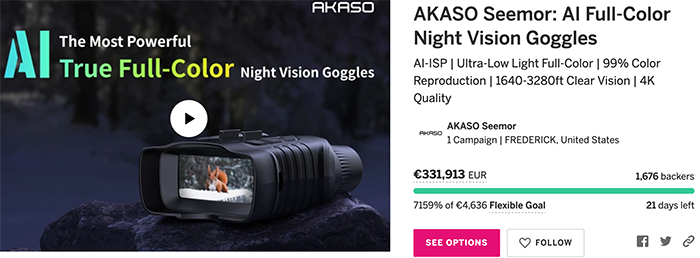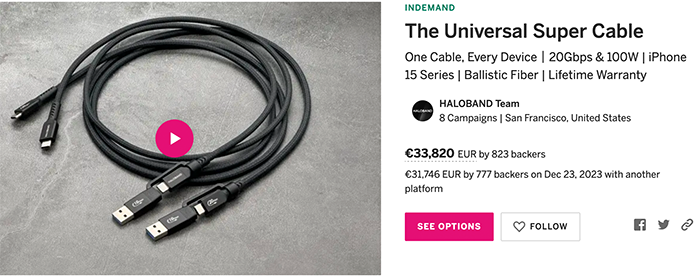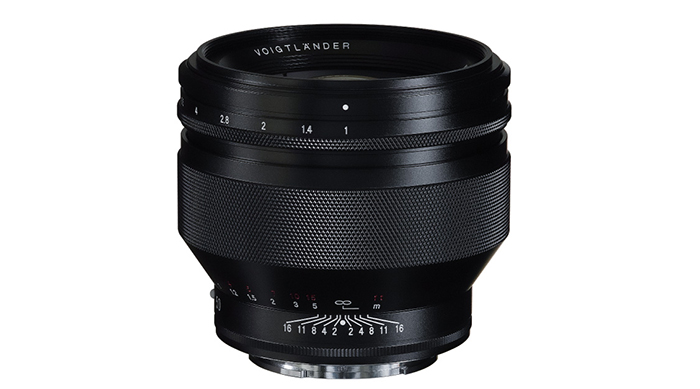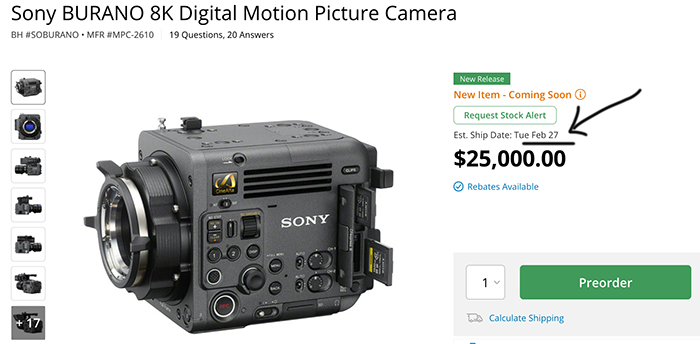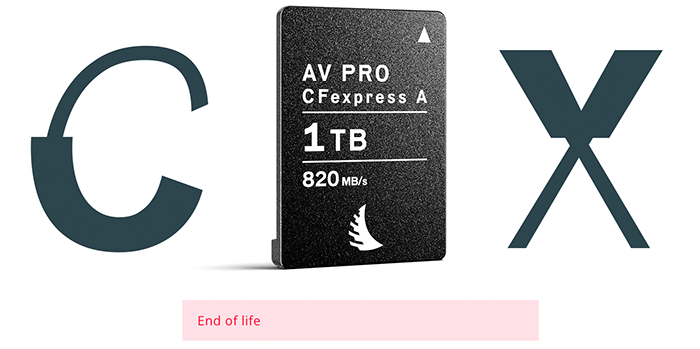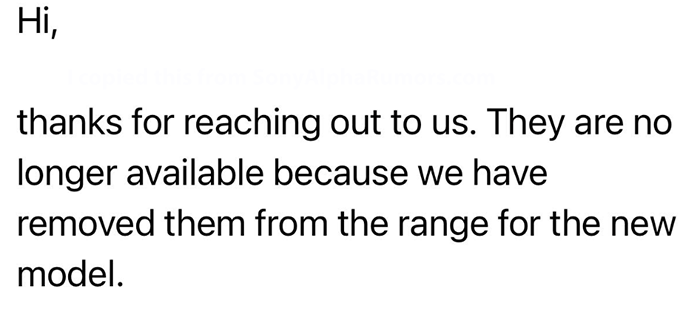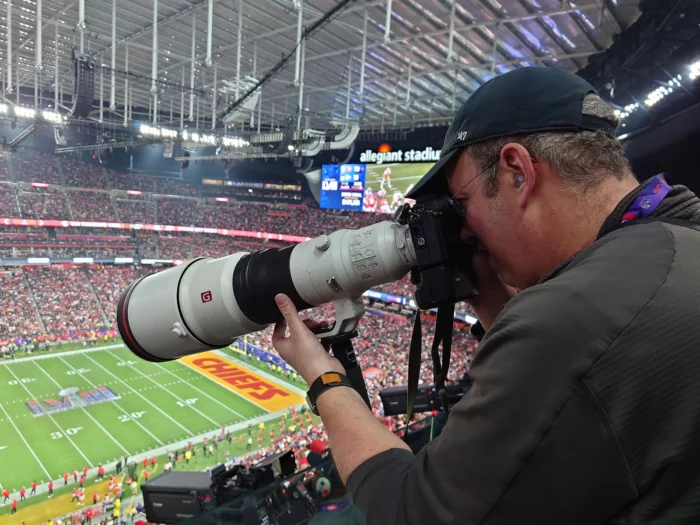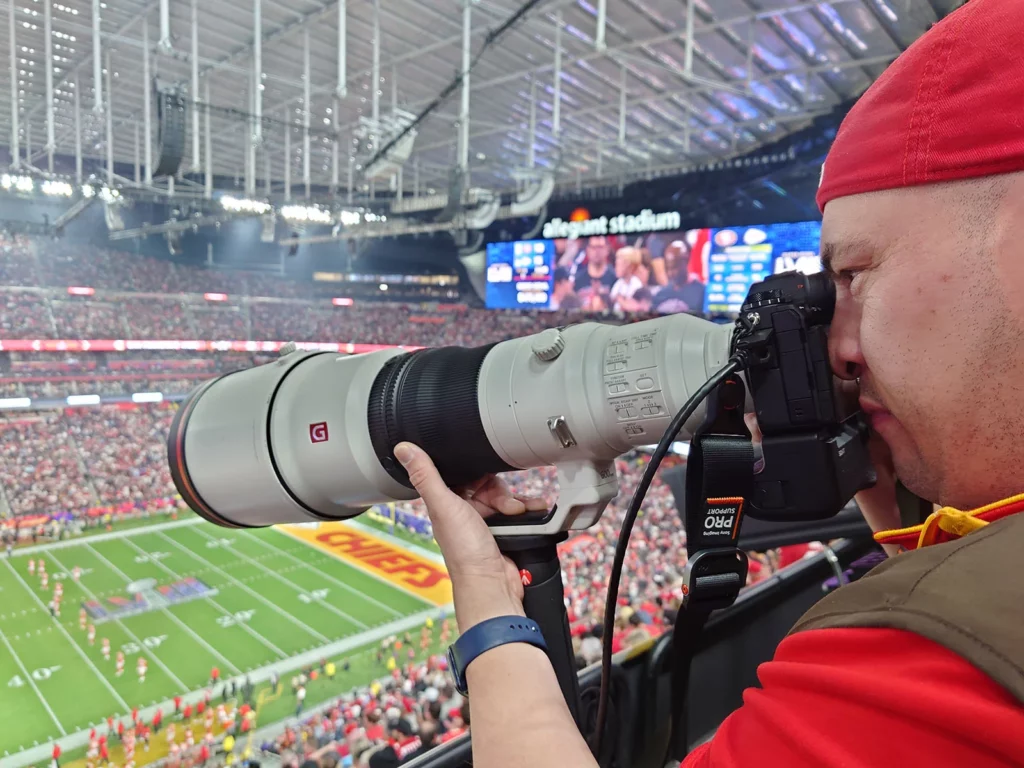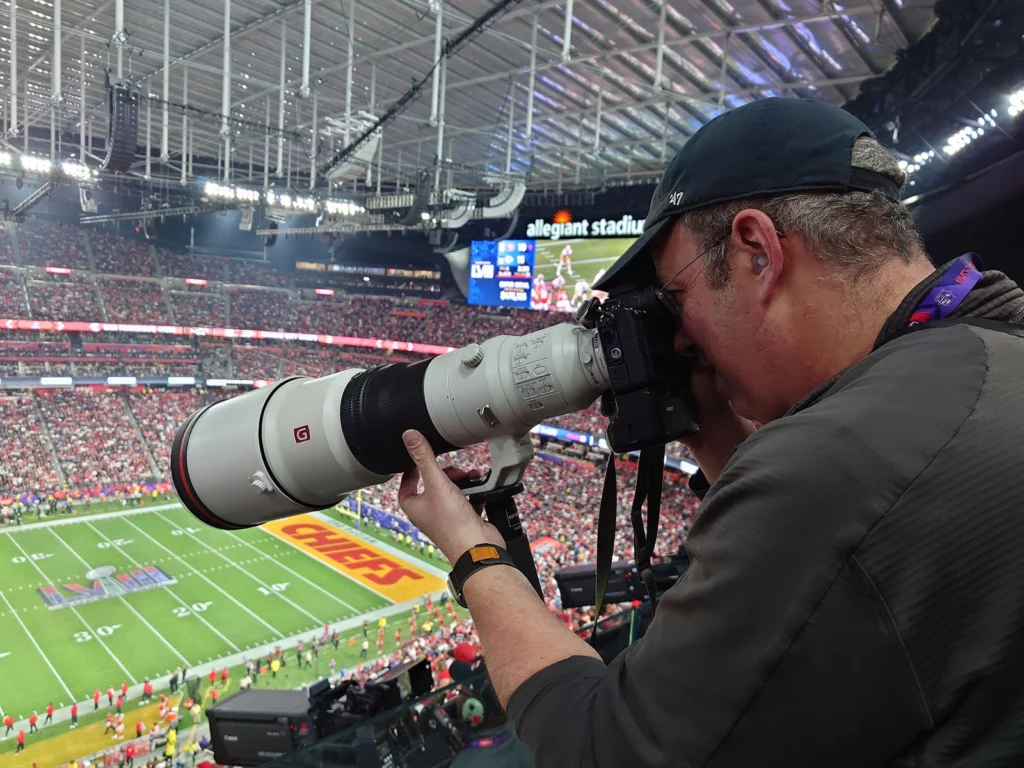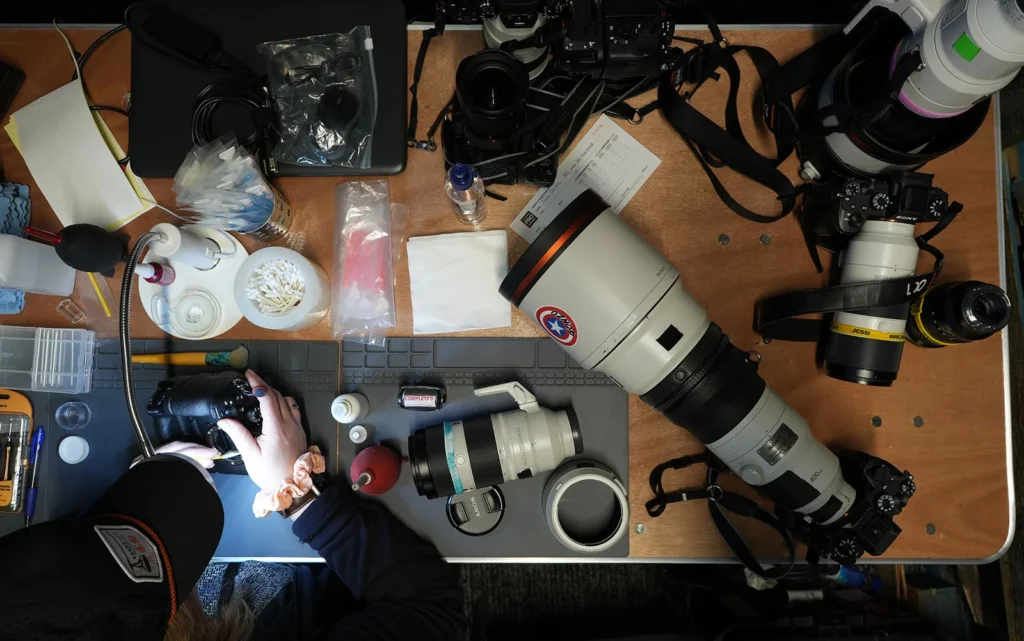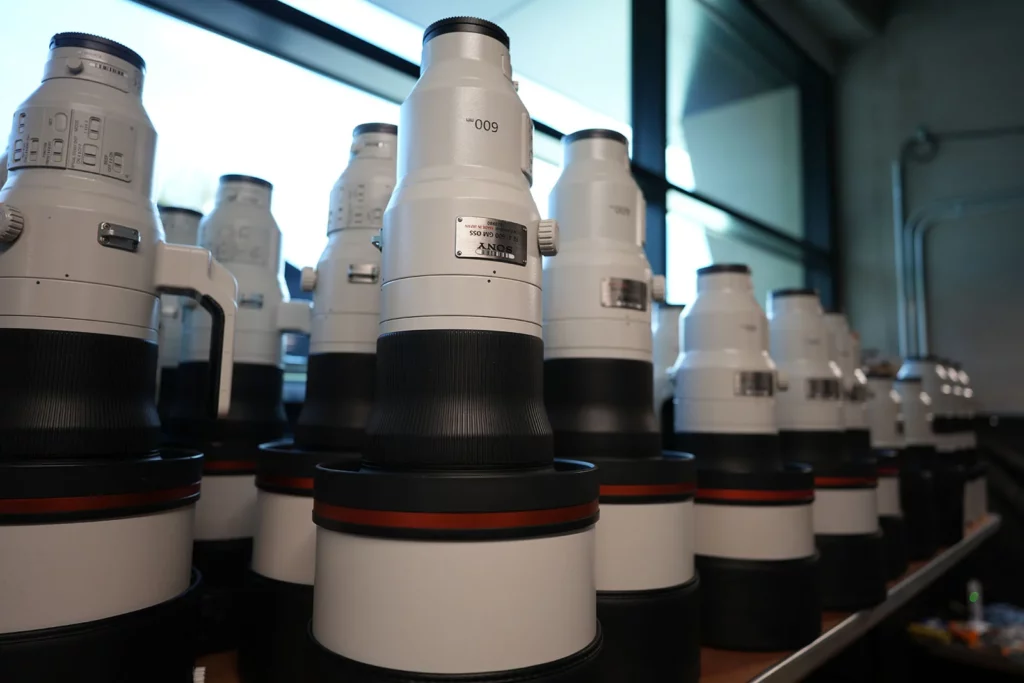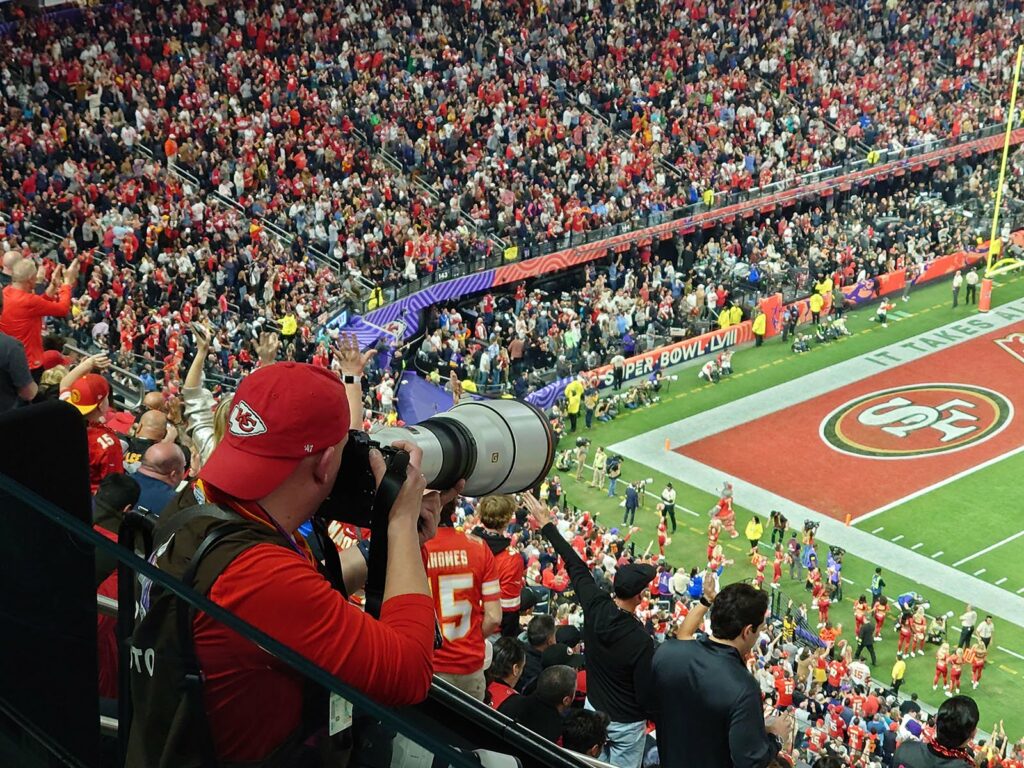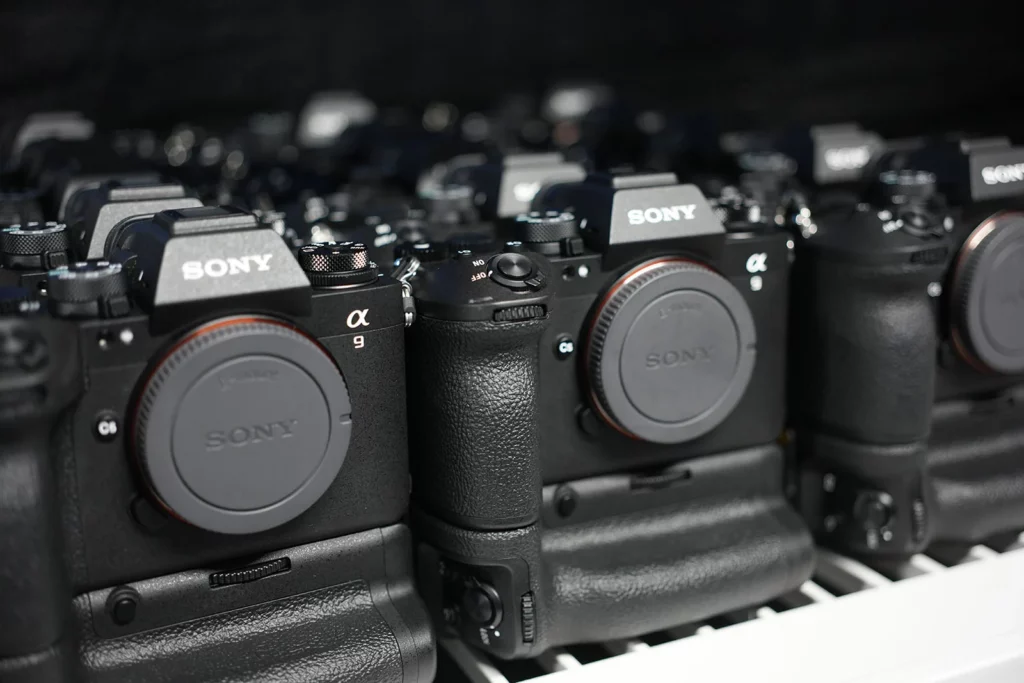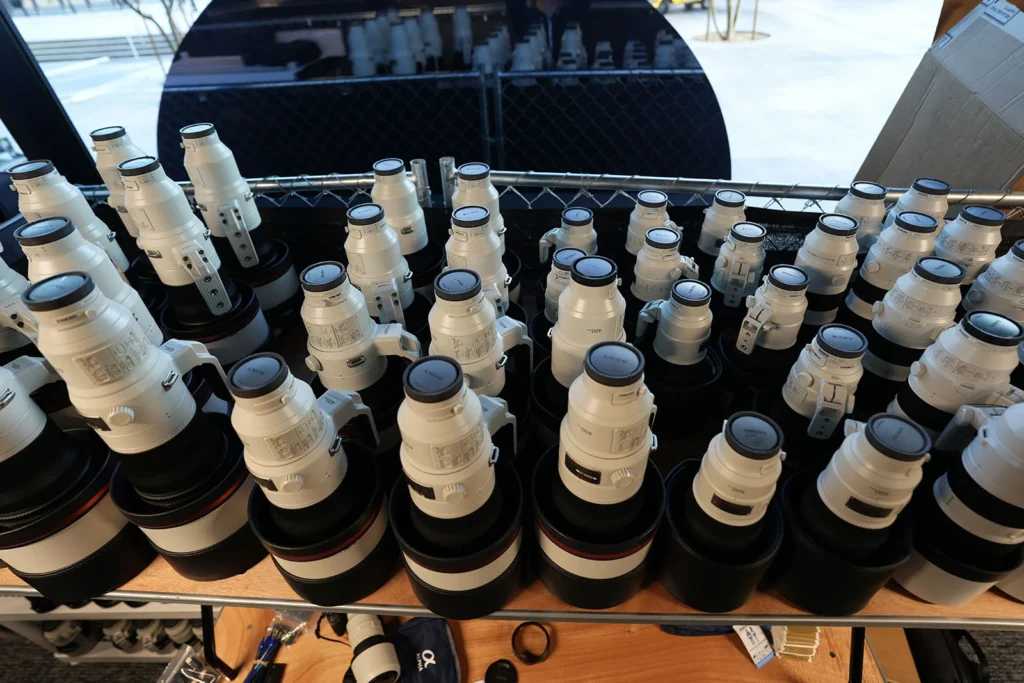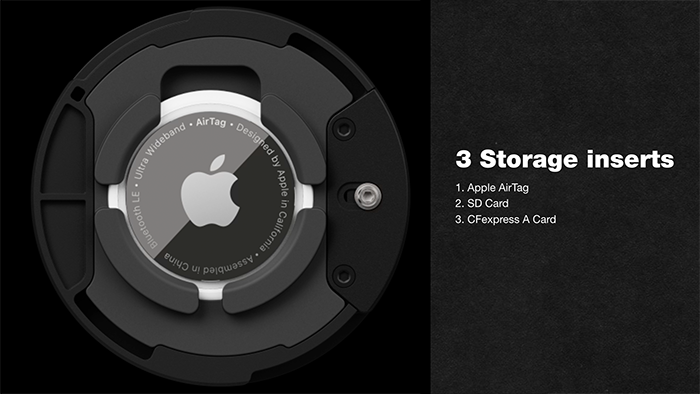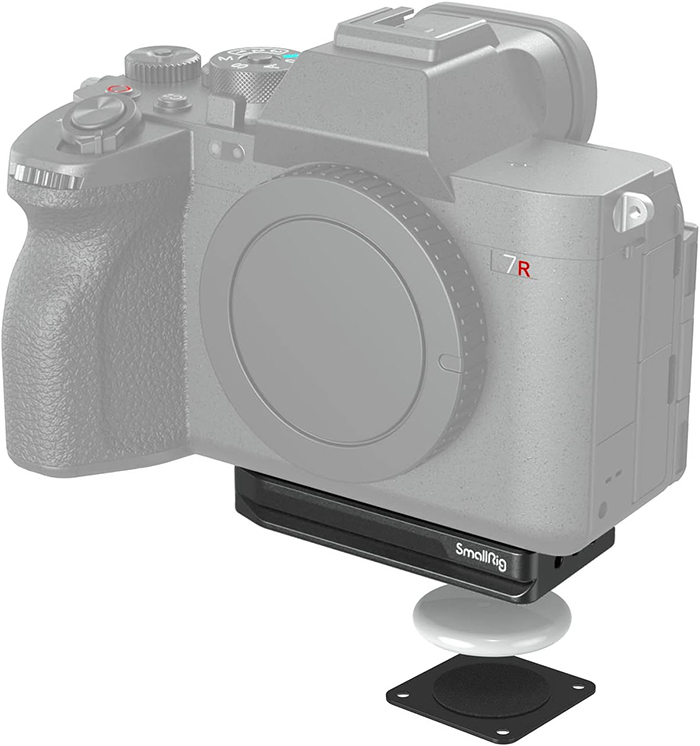January ranking at Mapcamera: Sony A7cII still the best selling camera!
Mapcamera released the official sales date for the month of January:
Top 10 camera sales:
- Sony α7C II body
- Nikon Z 8
- Canon EOS R6 Mark II Body
- Fuji X-T5
- Sony A9III
- Nikon ZF
- OM-1
- Leica M11-P
- Leica Q3
- DJI Osmo 3
My take on that ranking:
- It’s a long time the A7cII is the best selling camera in Japan
- Sony A9III made it into the top 5 but I don’t think it will stay inside the top 10 of the month of February (too much of an expensive niche camera).
- I am surprised to see two expensive Leica camera inside the top 10
- Dji breaks into the top 10 and my guts tell em this si just the beginning for Dji…

